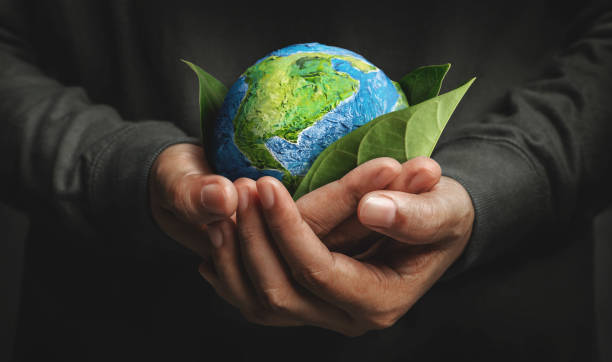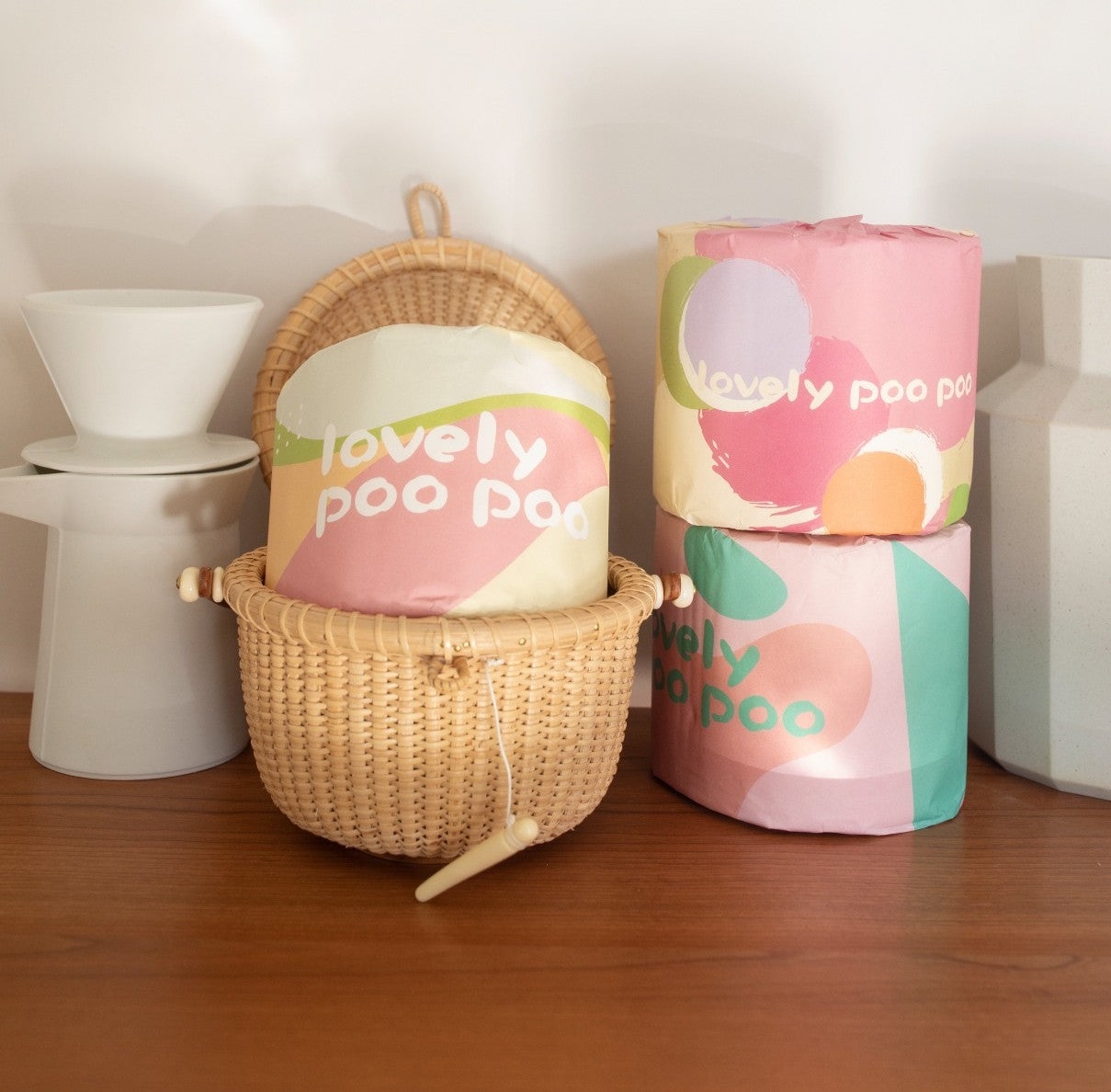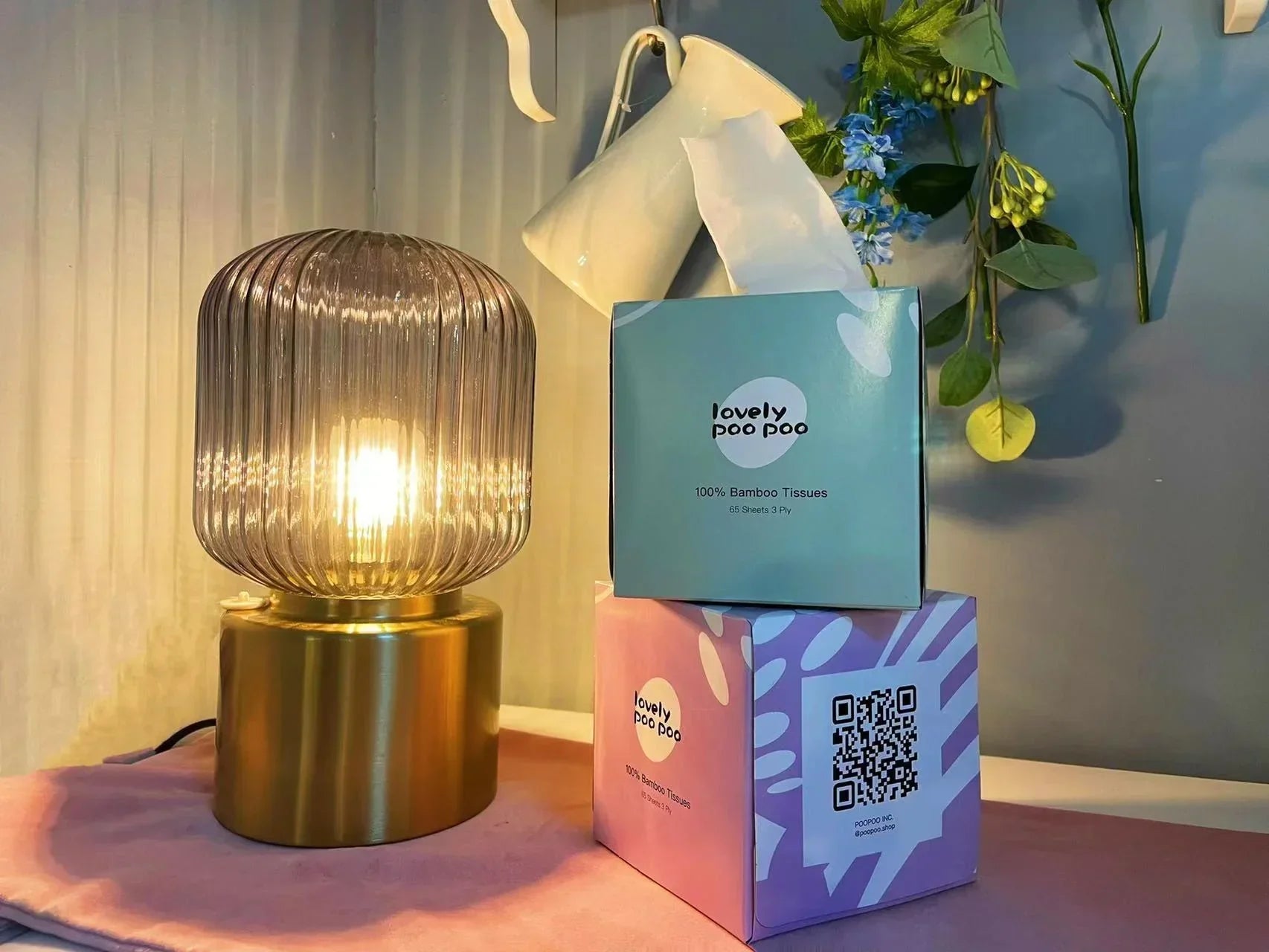In our pursuit of a more sustainable future, it's crucial to comprehend the environmental consequences of our daily product usage. In this blog post, we will explore the intriguing realm of bamboo toilet paper, examining its production process and highlighting the distinct differences between it and conventional toilet paper manufacturing.
The Bamboo Advantage: A Sustainable Commencement
Renewable Resource: Bamboo, recognized for its swift growth and minimal environmental impact, stands out as an outstanding renewable resource. Unlike traditional trees used for paper production, bamboo can be harvested in a few years, making it a more sustainable choice.
Minimal Chemicals: The production of bamboo toilet paper involves fewer harsh chemicals compared to traditional processes. This not only lessens environmental pollution but also guarantees a product that is gentle on the skin.
Step-by-Step: Crafting Bamboo Toilet Paper
Harvesting Bamboo:
Bamboo is meticulously selected and harvested, emphasizing sustainable practices.
The plant remains intact after harvesting, allowing it to regrow without the need for replanting.
Processing Bamboo Pulp:
The harvested bamboo undergoes a chemical-free method to be processed into pulp, reducing environmental impact.
This pulp is then transformed into the foundational material for our bamboo toilet paper.
Manufacturing:
The manufacturing process employs eco-friendly binders and water-based inks.
No chlorine or harsh chemicals are utilized in the bleaching process, ensuring the final product is gentle on both you and the environment.
Packaging:
Bamboo toilet paper is packaged in recycled and recyclable materials, contributing to a circular economy.
A Glimpse into Traditional Toilet Paper Production
Tree Sourcing:
Traditional toilet paper is predominantly crafted from virgin wood pulp sourced from large trees.
The demand for such trees contributes to deforestation, causing habitat loss and reducing biodiversity.
Chemical Intensive Processing:
The production process often involves chlorine bleaching, releasing harmful chemicals into the environment.
These chemicals can adversely affect aquatic ecosystems and surrounding communities.
Slow Regeneration:
Trees take significantly longer to regenerate compared to bamboo, impacting the overall sustainability of the product.
Packaging Concerns:
Traditional toilet paper packaging may involve excessive use of plastic, contributing to the global plastic waste problem.
Making Informed Choices for a Greener Future
By opting for bamboo toilet paper, you actively engage in sustainable consumption. Here's why it matters:
Reduced Carbon Footprint:
Bamboo's rapid growth means it absorbs more carbon dioxide and produces more oxygen, contributing to a healthier planet.
Preserving Ecosystems:
Choosing bamboo helps safeguard natural habitats and promotes biodiversity.
Chemical Conscious:
Bamboo toilet paper minimizes the use of harsh chemicals, reducing water pollution and protecting aquatic life.
Circular Economy:
The recyclable packaging of bamboo toilet paper encourages a circular economy, where materials are reused and recycled.
So...
Every decision we make as consumers has an environmental impact. By understanding the journey of bamboo toilet paper from harvest to your bathroom, you become an informed consumer, making choices that benefit both the planet and future generations. Let's embark on this journey together, one roll of bamboo toilet paper at a time, for a sustainable and eco-friendly tomorrow.
Read more:
- Sowing Seeds of Change: A Journey Through the History of the Environmental Movement
- Healing the Earth: Unraveling the Mysteries of Acid Rain
- A Breath of Fresh Air: Demystifying WMO's Global Climate Observing System (GCOS)







